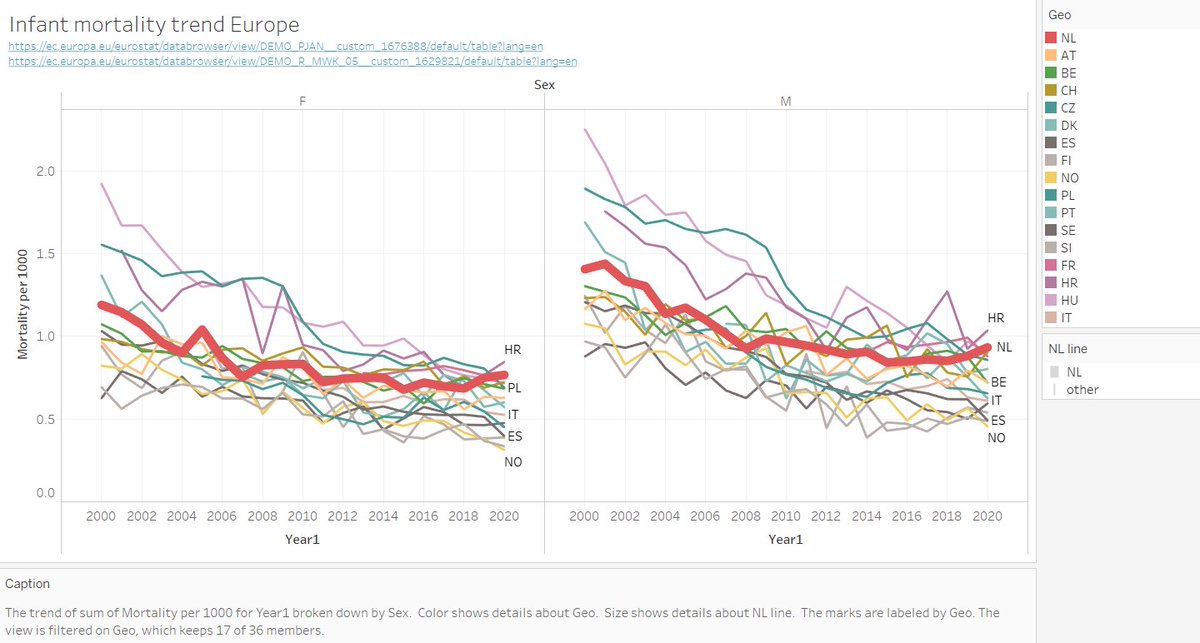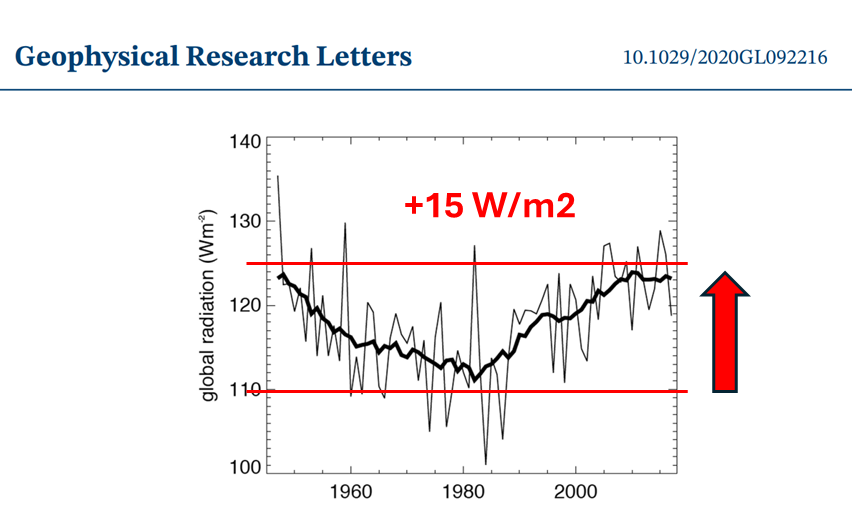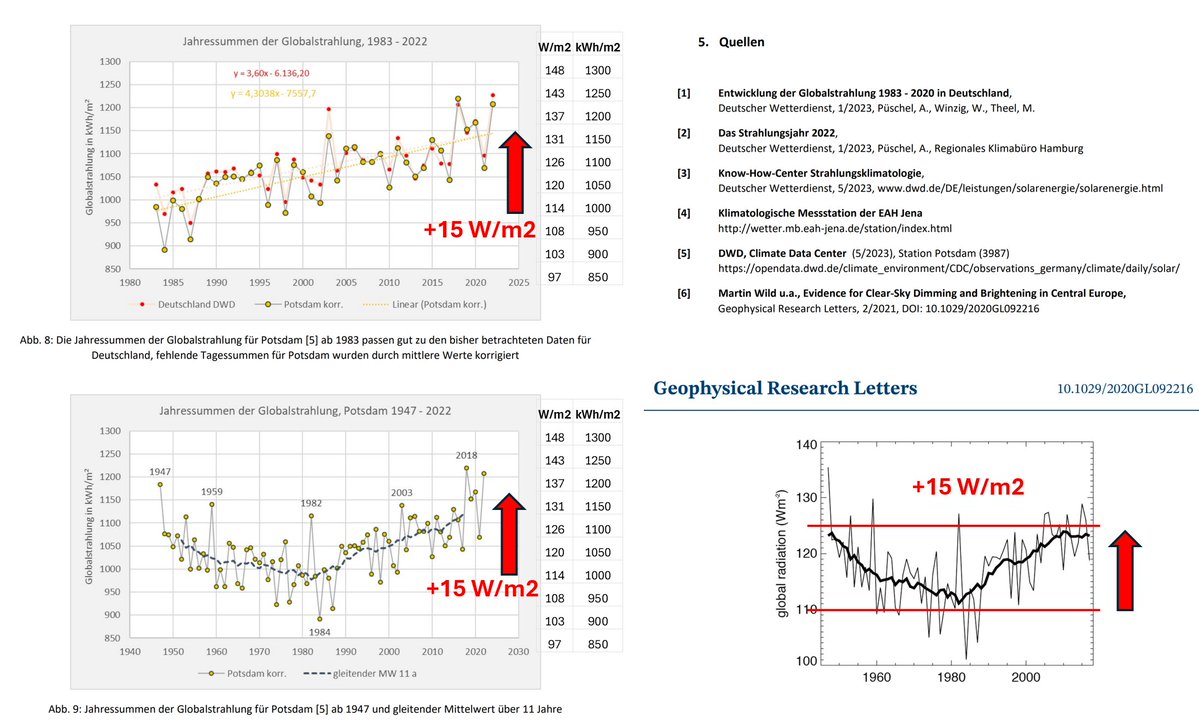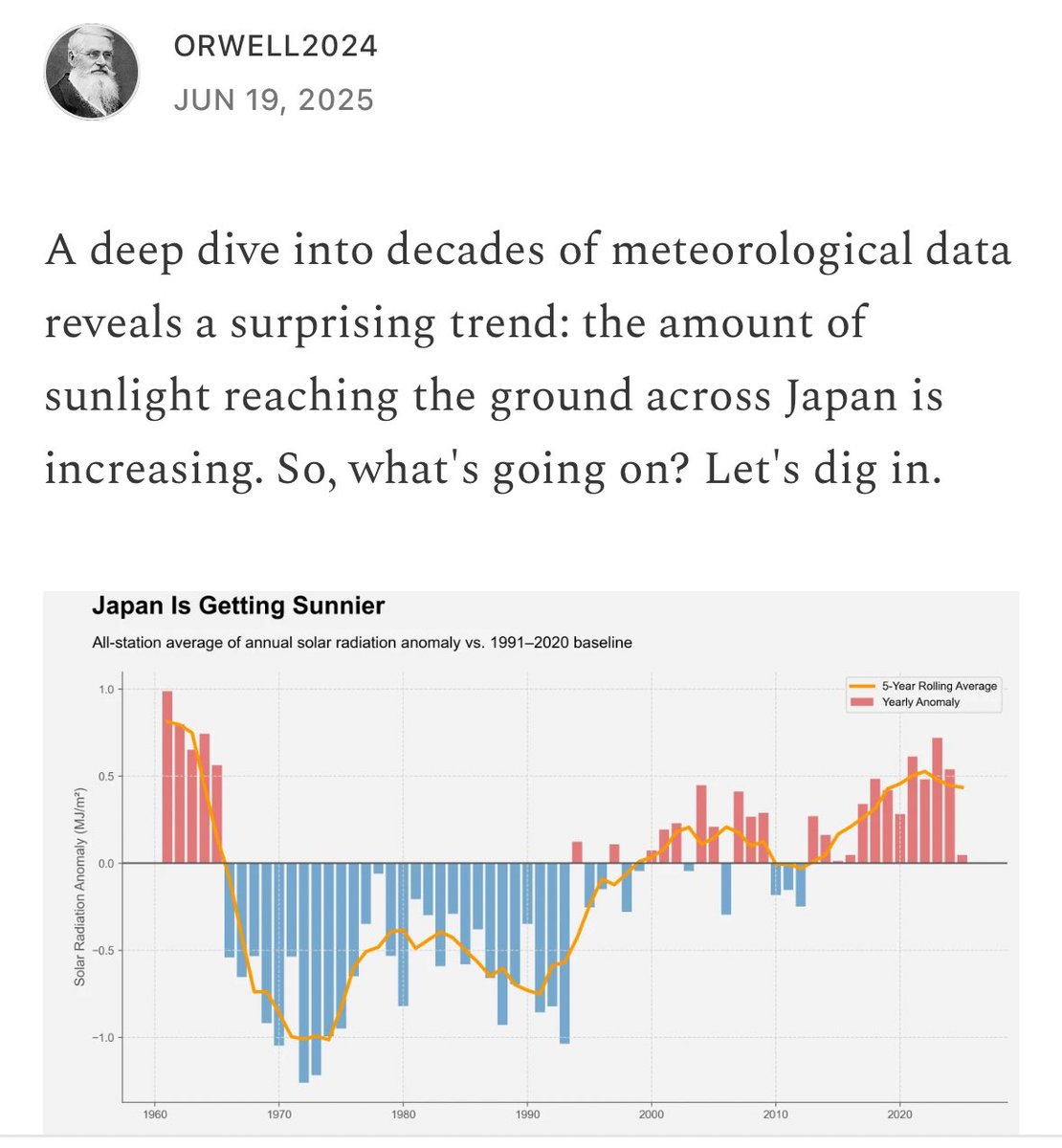1/ Europe infant mortality trend. Let's have a look how NL compares with other peers.
Not so good.
Note that this is dominated by the 0-1 year group. But unfortunately, the population is only available by 0-5 years. So by averaging death_Y_LT5 / pop_LT5 we dilute a bit.
Not so good.
Note that this is dominated by the 0-1 year group. But unfortunately, the population is only available by 0-5 years. So by averaging death_Y_LT5 / pop_LT5 we dilute a bit.
https://twitter.com/orwell2022/status/1465337919456096263

2/ Let's add some more countries. Romania and Bulgaria are on the way to leave NL behind.
I'm wondering what the plan is in NL @hugodejonge? Becoming the last soon?
I'm wondering what the plan is in NL @hugodejonge? Becoming the last soon?

6/ NL doesn't seem to have the priorities right. Billions are spent in testing, hiring police and lockdown subventions instead of investing in healthcare. @RIVM_vDissel
public.tableau.com/app/profile/or…
public.tableau.com/app/profile/or…
7/ Infanit mortality is dominated by the 0-1 year old. But unfortunately, mortality is only available in one 0-4 year bin while the population is available by 1 year. So by averaging death_Y_LT5 / pop_LT5 we dilute a bit. The real mortality for the 0-1 years is thefore ~4-5x.
• • •
Missing some Tweet in this thread? You can try to
force a refresh


























